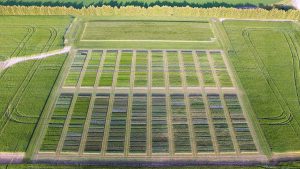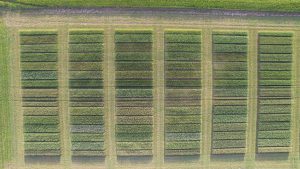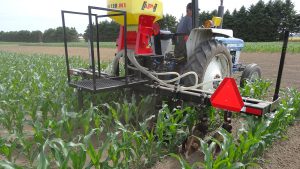Managing nutrient loss
THE IOWA EXPERIENCE
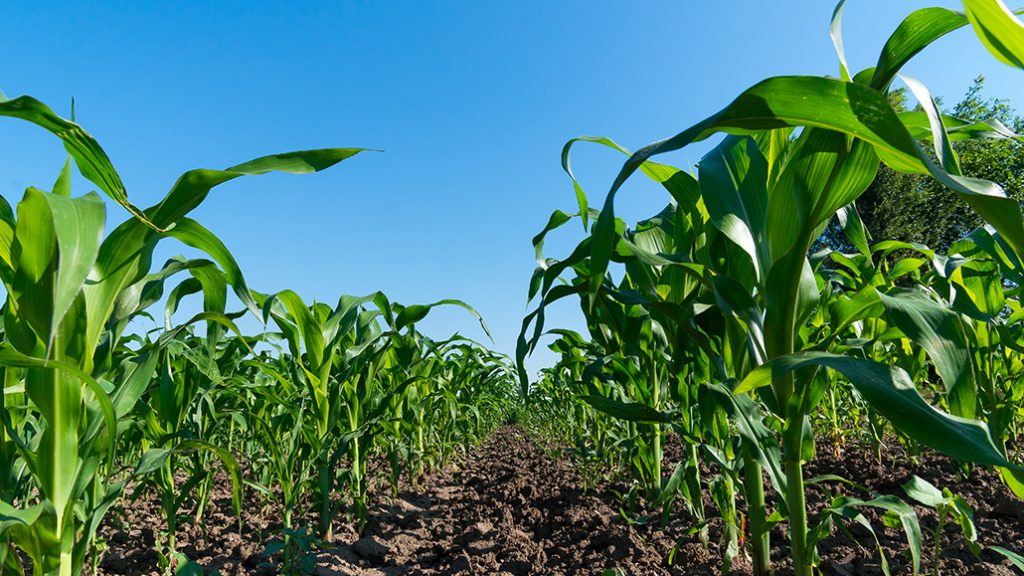
THE U.S. AGRICULTURAL sector is under pressure to reduce nitrate-nitrogen (N) losses by 40%. In Iowa, efforts to improve drainage water quality through nutrient management have focused on the 4Rs of nutrient stewardship: Right Source matching the fertilizer type to a crop’s needs; Right Rate matching the amount of fertilizer to a crop’s needs, Right Time to make nutrients available when the crop needs them; and Right Place to keep nutrients located where a crop can reach them.
Researchers at the Iowa State University (ISU) Extension are now drawing on nearly three decades of nitrogen management field trials to quantify the performance of various nitrogen control practices, including the 4Rs. They identify three categories of nutrient reduction practices that can be effective in improving drainage water quality: nitrogen and phosphorus management, land use, and edge-of-field.
BEST PRACTICES
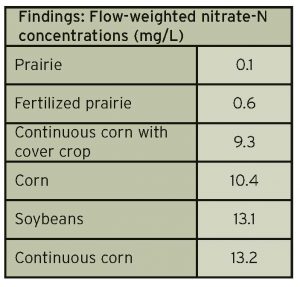
Management practices involve application rate, timing, and method, plus the use of cover crops and reduced tillage. Land use practices include perennial energy crops, extended rotations, grazed pastures, and land retirement. Edge-of-field practices involve drainage water management, wetlands, bioreactors, buffers, terraces, and sediment control.
ISU scientists emphasize that their findings are not based on computer models but on some 4,000 samples per year from 172 monitored plots at four locations across Iowa — an array of sites that has allowed them to compare how management options perform in corn-on-corn, corn-soybean, corn plus cover crop, prairie, and fertilized prairie systems.
Complicating the situation is the changing pattern of rainfall in Iowa, where the ISU monitoring confirms not just an increase in very rainy years but an increased number of very heavy rains (four inches or more) and an increasing number of back-to-back heavy rain days, both of which produce more erosion and more nutrient leaching.
Reducing N loss begins with 4R, but additional practices will probably be needed to achieve water quality goals, says ISU Extension agricultural engineer Matthew Helmers.
He cites the value of practices such as no-till, which reduced annual nitrate concentrations by 23% compared to conventional tillage in the soybean phase and by 33% in the corn phase of a corn-soybean rotation at Gilmore City.
ISU researchers also tout the advantages of cover crops, which have produced a 35% decline in nitrate losses in the Gilmore City plots.
ISU OBSERVATIONS
- The nitrogen rate has a greater effect on nitrate loss in drainage tiles than the source or time of N application.
- Corn-on-corn systems required more nitrogen inputs and produced significantly higher nitrate-N losses from leaching compared to fields in a corn-soybean rotation fertilized with manure or urea ammonium nitrate (UAN).
- The corn with cover crop treatment required higher levels of applied nitrogen (176 pounds per year on average) but produced lower levels of nitrate-N loss than continuous corn without a cover crop (162 pounds per year applied).
- Chisel plowed and no-till plots had similar overall nitrate-N concentrations and total N losses through subsurface drainage water.
- Plots of corn followed by soybeans where no N-fertilizer was applied still lost 15 to 20 pounds of N per acre through the tile drains.
- The timing of fertilizer applications was studied for 13 years, during which researchers found little difference in the concentration or loss of nitrate between fall-applied and spring-applied fertilizer.
- When N-fertilizer was applied at economic rates, the average concentration of nitrate-N in tile drainage was 12 to 16 milligrams per liter, higher than the U.S. drinking water standard of 10 mg/L.
- In general, nitrate concentrations in tiles were similar for the corn and soybean phases of the corn-soybean rotation.
- Poly-coated urea as a source of nitrogen fertilizer showed some potential to reduce nitrate concentrations in sub-surface drainage.
- Plots with a cereal rye cover crop produced significantly lower nitrate-N concentrations in drainage water compared to plots with similar agronomic management but without a cover crop.
- Cover crops have the potential to reduce nitrate-N concentrations in drainage water.
More details on the ISU findings are available online in pdf format at https:// store.extension.iastate.edu/product/Reducing-Nutrient-Loss-Science-Shows-What-Works. •























